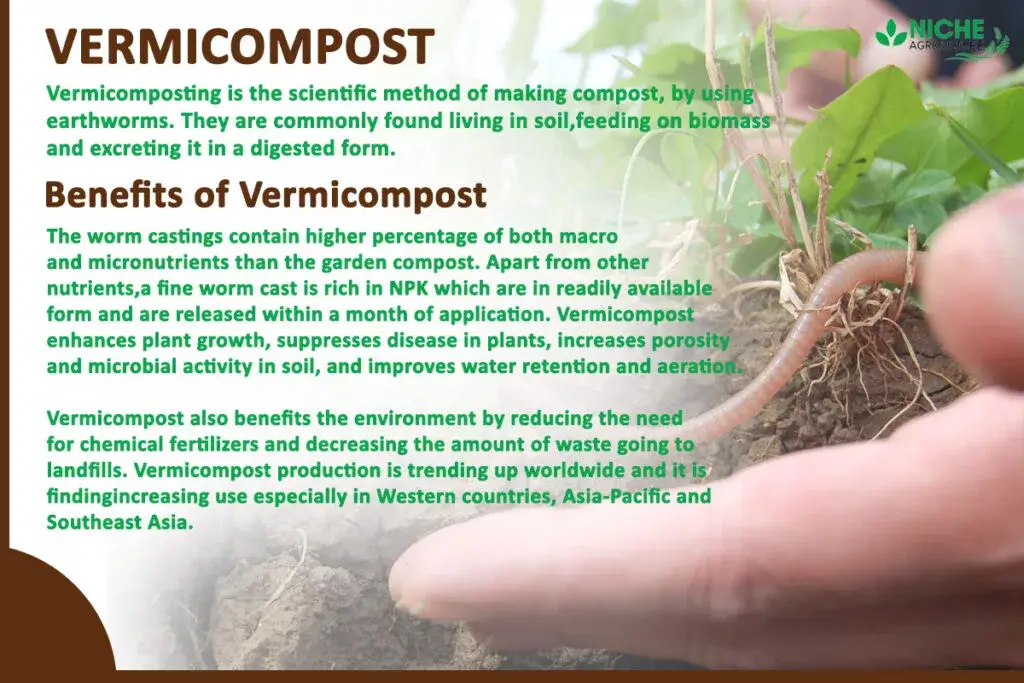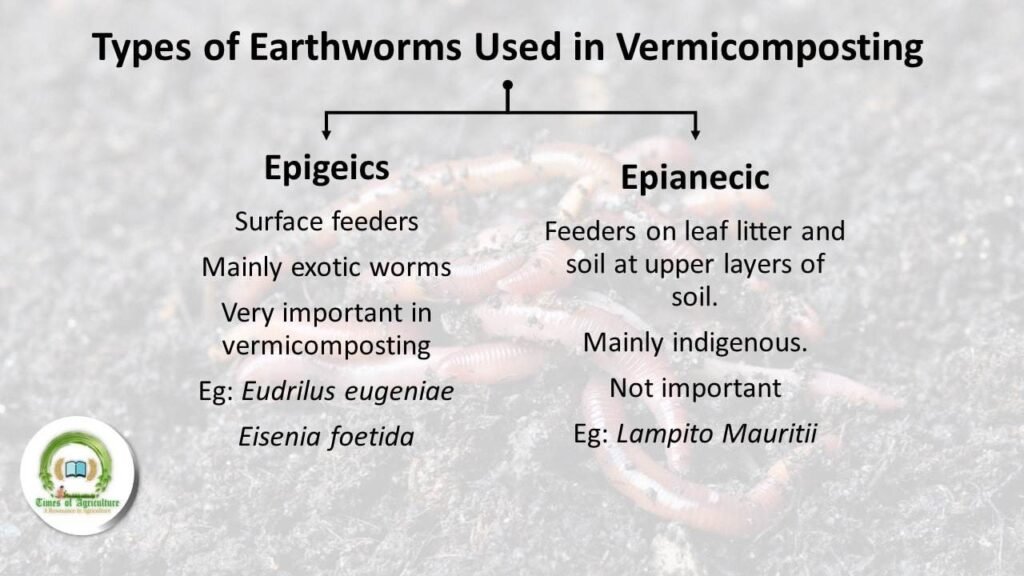The Greatest Guide To Red Wiggler Express
The Greatest Guide To Red Wiggler Express
Blog Article
Fascination About Red Wiggler Express
Table of ContentsExcitement About Red Wiggler ExpressRed Wiggler Express Fundamentals ExplainedNot known Factual Statements About Red Wiggler Express Examine This Report on Red Wiggler Express3 Simple Techniques For Red Wiggler Express

If you're at all in song to the farming news of late, you're well mindful that dirt health is in decline all over the world a problem that is having a dreadful influence on our food systems. The answer to this international issue? Worms. Whole lots of them. Yet how, you ask? Well, vermicomposting, naturally.
It has actually been adjusted for the web. Some begin vermicomposting as a pastime and scale up, whereas others have the intention right from the start to create a profit-making organization. They may be farmers, community yard volunteers, business owners, landscapers, greenhouse growers, or staff at establishments that generate food waste. Some are senior citizens, and others work permanent.
Not known Details About Red Wiggler Express
Among the most common factors for venturing right into commercial vermicomposting is the need to recycle natural waste into items that enhance dirt and plant health and wellness. Soil wellness has actually just recently become an important international concern. The United Nations Food and Farming Organization proclaimed 2015 the International Year of Soils to raise awareness of soil's role in food safety and security and healthy and balanced ecological community function.

In the inside of a garbage dump, natural products break down in an anaerobic setting and release methane, a greenhouse gas that is 25 times extra potent than carbon dioxide (Organic). A much better alternative to landfilling food waste and other natural products is to vermicompost them. What was once thought about waste can be transformed right into important items that nourish soils and plants
The 10-Second Trick For Red Wiggler Express
For the previous 25 years in lots of papers, book phases, and meetings, I have actually referred to the ended up item of vermicomposting as vermicompost. This term is usually used to recognize the mix of earthworm spreadings (feces) and leftover bed linens and feedstock (natural product) that is collected from worm beds.
After significant idea, I chose to use the term vermicast throughout this publication, for two important factors. One is since lots of people make use of the terms compost and vermicompost reciprocally, not recognizing that the end product of vermicomposting is qualitatively various from compost. I assume it would profit the vermicomposting industry to distance itself from the term compost in describing its products.
Composting is the controlled procedure of transforming organic materials into a useful soil modification under aerobic problems making use of naturally generated warmth. On the other hand, a vermicomposting heap or worm bin need to be kept to ensure that it does not heat up. In a compost heap the kinds and quantities of types of microbes change when the pile reaches thermophilic temperature levels of 106F (41C) or higher.
Getting My Red Wiggler Express To Work
The bottom line marking the difference in between compost and vermicast, though, (https://share.evernote.com/note/808b4bec-a19f-9d2e-0ea7-1b65d51c25f2) is that the last has actually gone through earthworms. Hence, vermicomposting is extra comparable to animals production than to composting; it calls for animal husbandry skills to appropriately care for the worms. A second reason to make use of the term vermicast is to stay clear of item labeling that can be confusing to customers.
Worm casting is the final product of worm food digestion and can be just recognized as worm manure. It is abundant in organic matter and advantageous microorganisms that produce and assist your yard.
Sustainable gardening is exercised when no-cost or affordable changes such as the use of worm casting from vermicomposting is integrated. Collected raw material in vermicompost bins. Photo by Maggie Chen. Worms play this indispensable function in the vermicomposting procedure and also in alleviating the effects of climate adjustment. Landfill gas (LFG) is given off as an all-natural by-product of organic product disintegration, such as food waste decomposing in landfills.
In the past 2 hundred years after the Industrial Revolution, methane focus within the atmosphere have more than increased due in big part to anthropogenic human-related activities (Organic). Around 50 percent of LFG launched from garbage dumps is co2 et cetera is a tiny percentage of non-methane natural substances. Methane is a potent greenhouse gas that remains in the environment for a much shorter time in contrast to carbon dioxide but both are launched in the atmosphere in large amounts from differing sources among which is natural material decomposition from garbage dumps
The 9-Minute Rule for Red Wiggler Express

Exists a food waste or vermicomposting system on your local campus? It is seen that long enduring and impactful actions on a system vast range can start with a solitary small worm. Worms may be traditionally associated with this gory and spooky season, yet when taking into consideration the interconnected effect of the vermicomposting procedure (on improving dirt health and wellness and plant growth in your yard, mitigate climate adjustment, and empowering trainees) give some appreciation to the plentiful advantages that worms offer.
Report this page